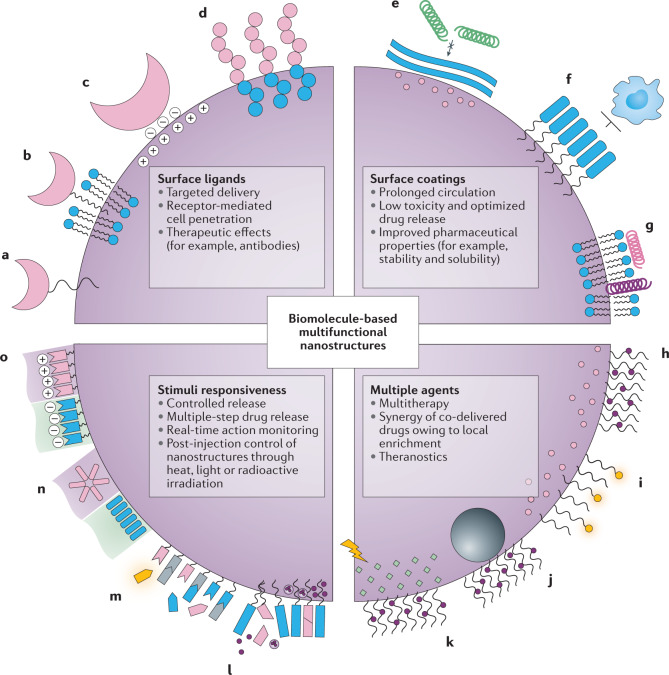Fig. 1. Functional elements in antitumour multifunctional nanomedicines.
a–d | Surface ligands recognize tumour-associated molecules and epitopes for tumour targeting, penetration and therapy. Ligands can be attached through chemical conjunction (part a), hydrophobic interaction (part b) or electrostatic adsorption onto the nanoparticle surface (part c), or integrated as a functional motif into a peptide- or nucleic-acid-based molecular design (part d). e–g | Surface coatings shield the internal structure from non-specific nano–bio interactions and prevent early clearance during transport and distribution. e | Low protein adsorption on bioinert materials. f | Anti-phagocytosis molecules. g | Blood-cell-derived membrane camouflage. h–k | Combination therapy or theranostic designs may be coupled with antitumour drugs. h | Multiple drug loading. i | Real-time imaging. j | Magnetic resonance steering. k | Phototherapy. l–o | Stimuli-responsive elements. l | Degradable building blocks trigger the disassembly of the nanocarrier to release its contents. m | Surface functionalities for selective activation by a stimulus. Bioactive components may be released or exposed on the nanostructure surface, which can be further monitored in real time by using quenchable or activable imaging agents. n | Environmental stimuli may induce structural transformation of nanostructures, often through stimuli-triggered re-assembly of the building units. o | Nanosurfaces may reverse their overall charge in specific microenvironmental niches.

